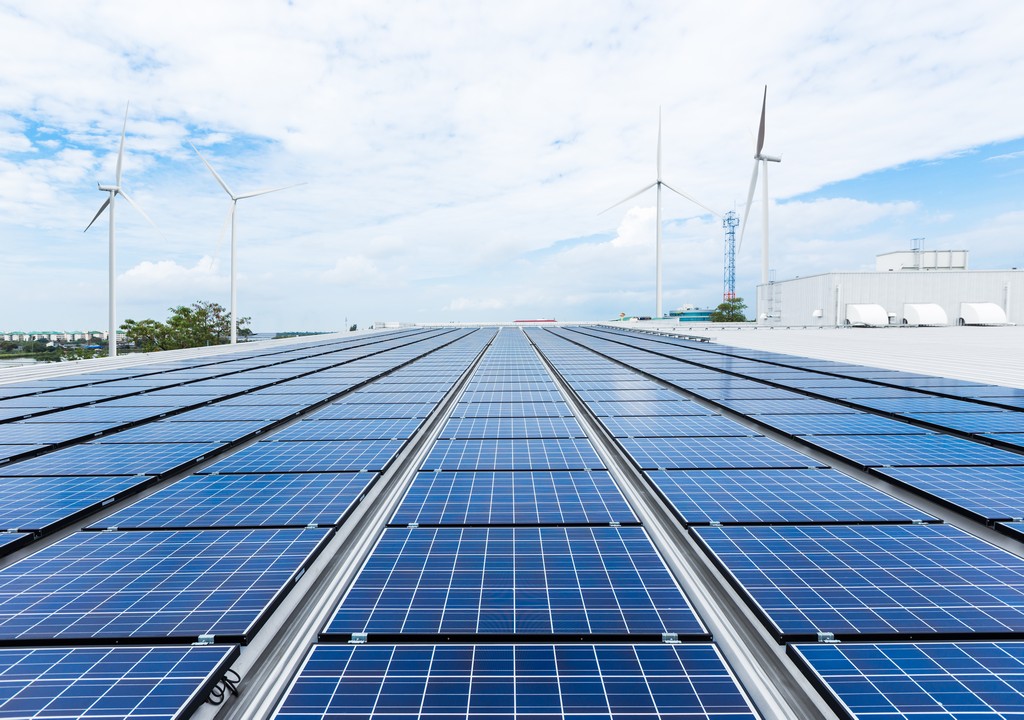Experts urge PH to boost its RE sources
- November 7, 2023
- 0

As global conflicts continue to create tension in volatile fuel prices, experts are urging the country to reverse the declining trend of renewable energy’s share in its energy mix.
Atty. Jay Layug, President of Developers of Renewable Energy for Advancement, Inc. (DREAM) and a former Department of Energy (DOE) official, noted that the percentage of renewable energy in the Philippines’ installed capacity has dropped from 34 percent in 2009 to 29 percent in 2020.
The share of renewables in the power generation mix also fell from 32.6 percent in 2009 to 20.8 percent in 2019.
During the forum of the Economic Journalists Association of the Philippines, he emphasized the need to turn this trend around by expanding renewable energy sources because of the advantages it offers: fixed costs and self-reliance, away from international mar
He also noted that the electricity from solar costs around PHP 4 per kilowatt-hour, significantly cheaper than the PHP 9 per kWh from coal.
Layug also pointed out that geopolitical tensions in regions in the Middle East, Ukraine, and the South China Sea can affect coal and oil prices. Thus, investing in renewable energy is a more stable alternative.
Since the Renewable Energy Act came into effect, the country has seen the installation of about 2,699.79 megawatts of RE, with an investment cost of about PHP 262.02 billion.
With a rapidly increasing power demand of six percent yearly, Layug stressed the importance of luring investment opportunities in renewables.
In addition to the renewables, he also highlighted the potential of the waste-to-energy bill in Cong